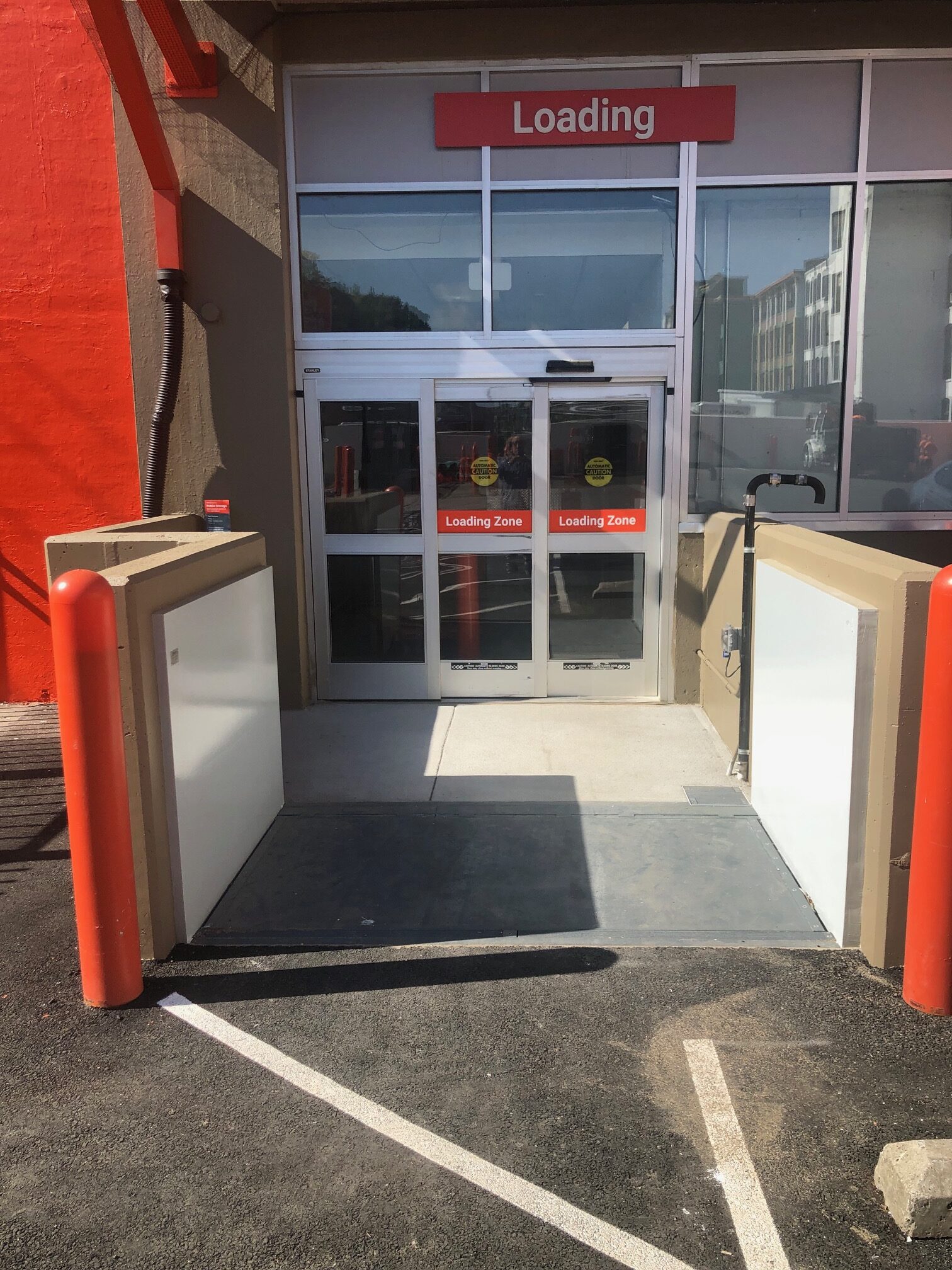Public Storage facilities, like many other businesses, are increasingly at risk due to the rise in extreme weather events, particularly flash floods. Unexpected flash flooding can cause extensive damage to infrastructure and stored property, disrupt business operations, and pose significant safety risks to staff and customers. In highly populated and flood-prone areas such as Scotch Plains, NJ, Woodside, NY, and Yonkers, NY, the need for robust flood protection measures is even more pronounced.
Historically, flood protection measures have relied heavily on manual intervention and electrical systems. These methods are not only labor-intensive, but also prone to failure during power outages or when staff is unavailable. Traditional flood barriers require timely deployment, which is often impractical in sudden flash flood scenarios. This led Public Storage to seek a more reliable and efficient solution to safeguard its facilities.
To mitigate the risks associated with flash flooding, Public Storage has incorporated FloodBreak automatic floodgates at three of their locations in New Jersey and New York, and growing.
These locations were identified as particularly vulnerable to flooding due to their geographic and climatic conditions. Now they are protected 24/7 by fully passive floodgates at vulnerable entry points. With our customizable design, the floodgates were tailed to fit the specific dimensions and requirements of each entry point, ensuring comprehensive flood protection.
The strategic installation of FloodBreak automatic floodgates at Public Storage locations in Scotch Plains, NJ, Woodside, NY, and Yonkers, NY, exemplifies a forward-thinking approach to flood risk management. These state-of-the-art floodgates provide reliable protection, ensuring the safety of infrastructure, staff, and customer property.
By investing in such innovative flood defense solutions, Public Storage not only enhances its operational resilience but also delivers significant financial benefits through reduced insurance costs and avoided property damage.
This project sets a benchmark for flood protection in the storage industry, demonstrating how technology can be leveraged to safeguard assets and maintain business continuity in the face of increasing climate-related challenges.




